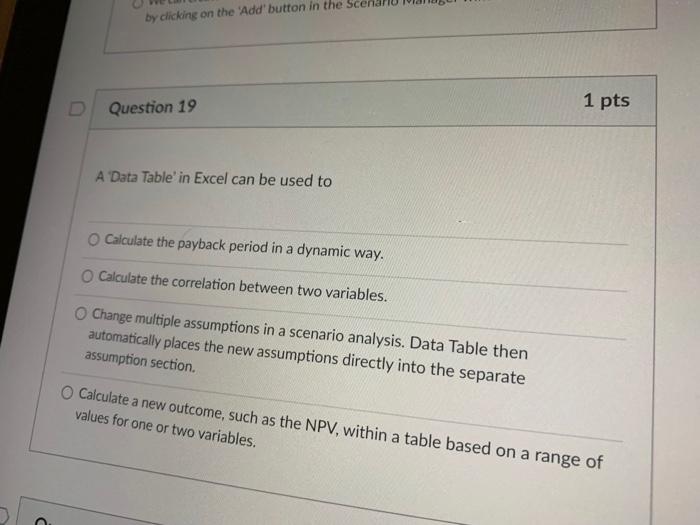Other questions asked by students
Basic Math
Basic Math
Accounting
Accounting
Accounting
Accounting




